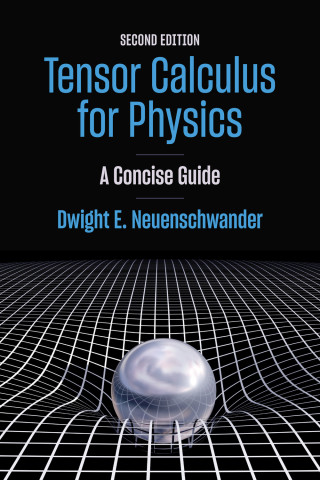
Reviews
Mere Thermodynamics is a good learning tool for students, and it’s an interesting and thought-provoking book for educators and professionals.
This book is a little gem. Lemons has a lightness of touch that belies the weight of thought he has given to this subject and how to present it in a non trivial way to a beginner. No awkward corner is avoided or ignored, and the whole piece is touched by enthusiasm, clarity, a central awareness of its relevance to the real world.
Lucidly written and enjoyable to read... An interesting and informative supplement to other textbooks.
Don Lemons's Mere Thermodynamics is a gem of physics pedagogy. Elegantly written and both physically and mathematically insightful, this book should be required reading for all courses on thermodynamics.
With thoughtful craftsmanship, Lemons unfolds the essential elements of thermodynamics in a manner that deepens our appreciation and understanding, not only for the physics, but also for the subject’s history and philosophical inferences.
Book Details
Preface
1. Definitions
1.1. Thermodynamics
1.2. System
1.3. Boundary, Environment, and Interactions
1.4. States and State Variables
1.5. Equations of State
1.6. Work
1.7. Heat
Problems
2. Equilibrium
2.1
Preface
1. Definitions
1.1. Thermodynamics
1.2. System
1.3. Boundary, Environment, and Interactions
1.4. States and State Variables
1.5. Equations of State
1.6. Work
1.7. Heat
Problems
2. Equilibrium
2.1. Equilibrium
2.2. Zeroth Law of Thermodynamics
2.3. Empirical Temperature
2.4. Traditional Temperature Scales
2.5. Equilibrium Processes
Problems
3. Heat
3.1. Quantifying Heat
3.2. Calorimetry
3.3. What is Heat?
Problems
4. The First Law
4.1. Count Rumford
4.2. Joule's Experiments
4.3. The First Law of Thermodynamics
4.4. Thermodynamic Cycles
4.5. Cycle Adjustment
Problems
5. The Second Law
5.1. Sadi Carnot
5.2. Statements of the Second Law
5.3. Equivalence and Inequivalence
5.4. Reversible Heat Engines
5.5. Refrigerators and Heat Pumps
Problems
6. The First and Second Laws
6.1. Rudolph Clausius
6.2. Thermodynamic Temperature
6.3. Clausius's Theorem
Problems
7. Entropy
7.1. The Meaning of Reversibility
7.2. Entropy
7.3. Entropy Generation in Irreversible Processes
7.4. The Entropy Generator
7.5. Entropy Corollaries
7.6. Thermodynamic Arrow of Time
Problems
8. Fluid Variables
8.1. What Is a Fluid?
8.2. Reversible Work
8.3. Fundamental Constraint
8.4. Enthalpy
8.5. Helmholtz and Gibbs Free Energies
8.6. Partial Derivative Rules
8.4. Thermodynamic Coeffi cients
8.8. Heat Capacities
Problems
9. Simple Fluid Systems
9.1. The Ideal Gas
9.2. Room-Temperature Elastic Solid
9.3. Cavity Radiation
Problems
10. Nonfluid Systems
10.1. Nonfluid Variables
10.2. The Theoretician's Rubber Band
10.3. Paramagnetism
10.4. Surfaces
10.5. Chemical Potential
10.6. Multivariate Systems
Problems
11. Equilibrium and Stability
11.1. Mechanical and Thermal Systems
11.2. Principle of Maximum Entropy
11.3. Other Stability Criteria
11.4. Intrinsic Stability of a Fluid
Problems
12. Two-Phase Systems
12.1. Phase Diagrams
12.2. Van der Waals Equation of State
12.3. Two-Phase Transition
12.4. Maxwell Construction
12.5. Clausius-Clapeyron Equation
12.6. Critical Point
Problems
13. The Third Law
13.1. The Principle of Thomsen and Berthelot
13.2. Entropy Change
13.3. Unattainability
13.4. Absolute Entropy
Problems
Appendixes
A. Physical Constants and Standard Definitions
B. Catalog of 21 Simple Cycles
C. Glossary of Terms
D. Selected Worked Problems
E. Answers to Problems
Annotated Bibliography
Index





